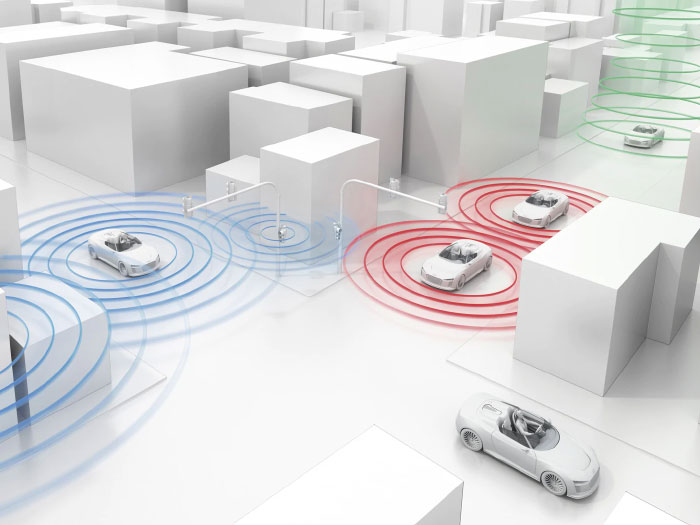Connected services based on data: the future of the car
For Audi, “consistently connected” means creating a digital ecosystem that not only allows a seamless exchange of information between vehicle and smartphone, but also makes new services available to customers.

Connected data will become increasingly important in the value chain. And what will gernerate the competitive edge in the future is not the most powerful engine or the most innovative composite fibre, but intelligently designed algorithms and new connectivity initiatives. “For Audi, data is the basis for future, digital business models”, says Felix Schwabe, Head of Data-Based Business Model Development at Audi.
“If we analyse and understand the data, we can identify customers’ wishes even more accurately and derive new services from the information. This allows us to tailor our portfolio of models and services more precisely to different markets and individual customer requirements”.
Real time information
Audi customers can already choose to display the nearest charging station for the Audi e-tron or be warned in real time about local hazards such as black ice or an accident. However, consistently connecting vehicles with their environment will also help ease traffic jams in the future. Even now, for example, Audi drivers can use the Traffic Light Information service in Düsseldorf, Ingolstadt or New York City. Its vehicle-to-infrastructure dialogue means that the instrument panel displays the speed required to reach the next green light, or surf the “green wave,” which increases safety, reduces stress and protects the environment.
In the longer term it is conceivable that self-driving vehicles will “think ahead” and choose their route based on this information, making journeys increasingly efficient.
The importance of data

The data gained from connected vehicles can also be used to build business models with other industries – as is already the case for weather forecasting and traffic services. “The possibilities are enormous”, says Schwabe. “You can improve the customer experience in many different ways, whether through entertainment services or parking navigation systems”.
The decisive factor here are the synergies that arise from being used throughout the Volkswagen Group. “Data-based business models only develop their full potential when they are used in a large number of vehicles and, thanks to the Group’s size, that also gives us a competitive advantage over other manufacturers”.
Protection and security
The current Audi models send data to backends at Audi, where it can be automatically anonymised. For the first time with the Audi e-tron, several parameters such as speed or the use of assistance systems can be specifically obtained and analysed before being incorporated into the development process.
Data protection and security are the priority, which is why drivers should retain control over their data, especially in the areas of cybersecurity and software updates.
Personalisation
For manufacturers, the main objective is to introduce processes and mechanisms that protect the vehicle from cyber threats and guarantee that software updates can be carried out securely anytime and anywhere. However, Audi intends to go one step further and allow customers to benefit from the transmission of their data.
In addition to receiving an extended range of services, the idea is that they will be able to use an app to make their own decisions about what data is used and the purposes it will be used for. They may also possibly be able to receive personalised offers, or incentives, for using their data in certain ways. “With such offers, we are transferring our premium claim to digital business and are taking our customer orientation to a new level”, explains Schwabe.
The rules of the game
The development of digital services and products follows completely different rules to the development of vehicles. The life cycles of software are considerably shorter than those of hardware, or the cars themselves. New approaches are therefore being pursued around digital products – such as supplying a minimum viable product, for example. This minimum version of the product is then developed continually in the market, in accordance with the state of the art.
However, this is an inconceivable procedure for Audi, especially in the field of passenger safety or as far as processing and protecting data are concerned. That is why Audi aims to find the best approach in the development of hardware and software by taking different methodologies into account.
The primary objective remains to combine the latest technology with the highest quality and inspiring design to create a compelling customer experience.
Source: AUDI AG